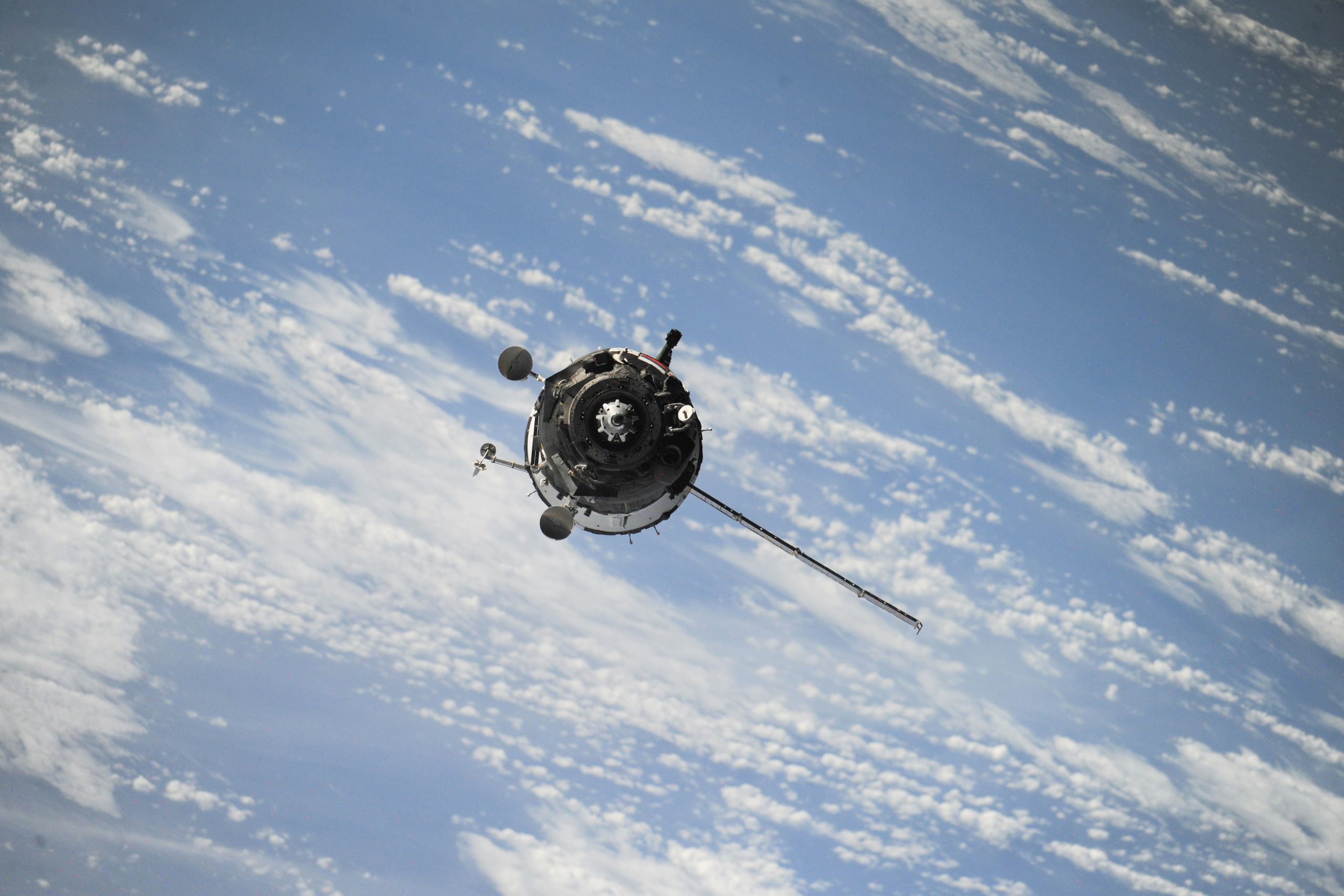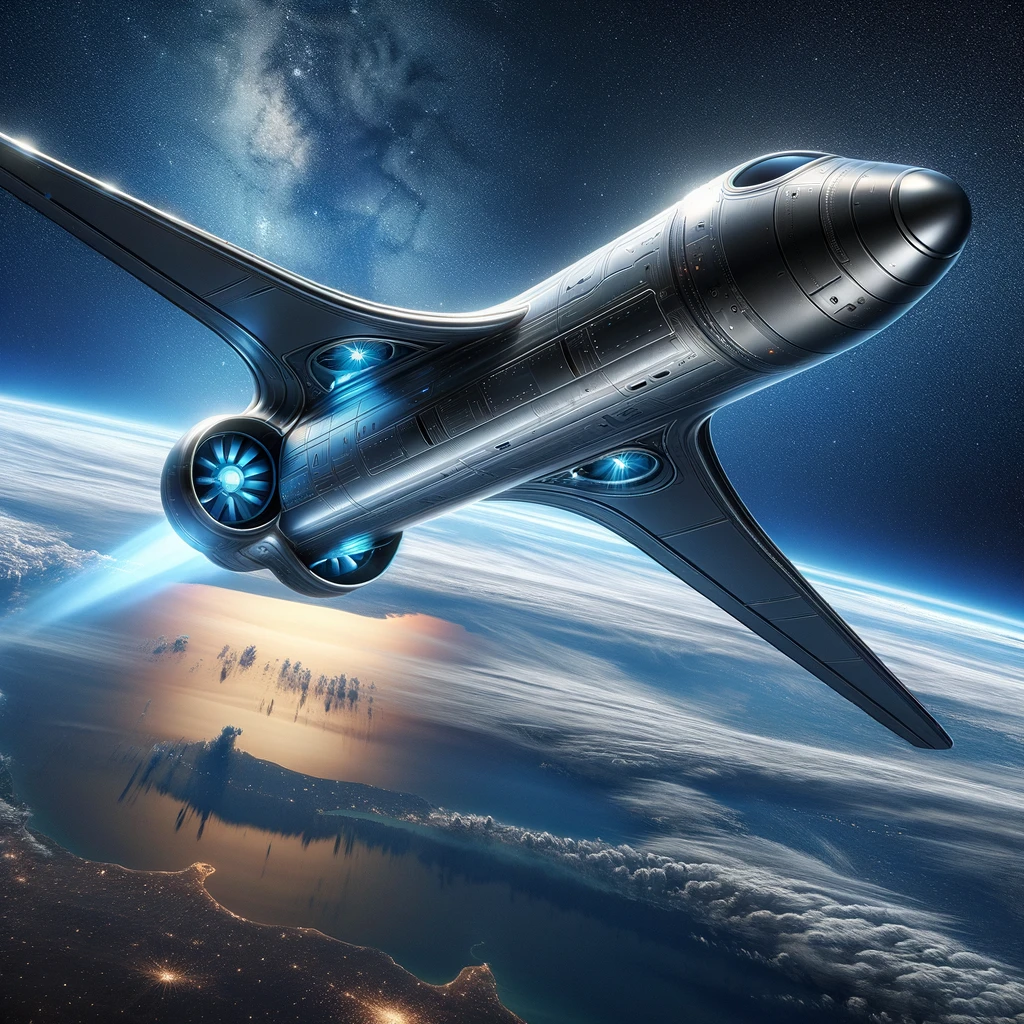Astronomers have noticed that the nearest star to the sun, Proxima Centauri, is emitting brilliant, long-duration optical flare followed by forceful radio bursts.
These observations are a major development in the progression towards applying radio signals from far away stars to generate space weather reports.
Proxima Centauri is a M.5.5 star 4.244 light years off and also the smallest one in the Alpha Centaury system. It is found within the Centaurus southern constellation.
With a radius 14% smaller than that of the sun, a mass 12% that of the sun, Proxima Centauri has a temperature of 2,777 degrees Celsius, or 5,031 degrees Fahrenheit which translates to 3,050 K.
The rotation of this star is slow at only 83 days and it has an activity cycle of 7 years which is relatively long. The habitable zone on the low-mass star is at a distance of between 0.05 to 0.1 AU.
“Astronomers have recently found there are two Earth-like rocky planets around Proxima Centauri, one within the habitable zone where any water could be in liquid form,” explained Dr. Andrew Zic, the lead author and astronomer at the University of Sidney’s School of Physics as well as the CSIRO Astronomy and Space Science.
“But given Proxima Centauri is a cool, small red-dwarf star, it means this habitable zone is very close to the star; much closer in than Mercury is to our Sun.”
“What our research shows is that this makes the planets very vulnerable to dangerous ionizing radiation that could effectively sterilize the planets.”
The astronomers were working with CSIRO’s Australian Square Kilometre Array Pathfinder (ASKAP), Transiting Exoplanet Survey Satellite from NASA, and the Zadko Telescope to monitor the low-mass star Proxima Centauri at radio wavelengths and optical wavelengths.
The astronomers discovered an optical flare that was long-duration as well as bright which was accompanied by strong and clear radio bursts.
These discoveries are the first occurrence of a stellar radio burst at the same time as a flare which indicates that the two events might have a causal relationship.
“Our own Sun regularly emits hot clouds of ionized particles during what we call coronal mass ejections,” Dr. Zic said.
“But given the Sun is much hotter than Proxima Centauri and other red-dwarf stars, our habitable zone is far from the Sun’s surface, meaning the Earth is a relatively long way from these events.”
“Further, the Earth has a very powerful planetary magnetic field that shields us from these intense blasts of solar plasma.”
“M-dwarf radio bursts might happen for different reasons than on the Sun, where they are usually associated with coronal mass ejections.”
“But it’s highly likely that there are similar events associated with the stellar flares and radio bursts we have seen in this study.”
“Our research helps understand the dramatic effects of space weather on solar systems beyond our own,” explained Dr, Bruce Gendre, the co-author and astronomer at the University of Western Australia and the ARC Centre of Excellence for Gravitational Wave Discovery (OzGrav).
“Understanding space weather is critical for understanding how our own planet biosphere evolved — but also for what the future is.”
“This is an exciting result from ASKAP,” co-author Professor Tara Murphy explained. Murphy serves as Deputy Head in charge of the School of Physics at the University of Sydney as well as an OzGrav astronomer.
“The incredible data quality allowed us to view the stellar flare from Proxima Centauri over its full evolution in amazing detail.”
“Most importantly, we can see polarized light, which is a signature of these events. It’s a bit like looking at the star with sunglasses on.”
The findings of their study were published in the Astrophysical Journal.


 Home3 years ago
Home3 years ago
 Medical3 years ago
Medical3 years ago
 Gadgets3 years ago
Gadgets3 years ago
 Environment3 years ago
Environment3 years ago
 Medical3 years ago
Medical3 years ago
 Energy4 years ago
Energy4 years ago

